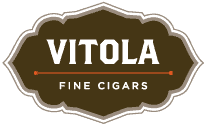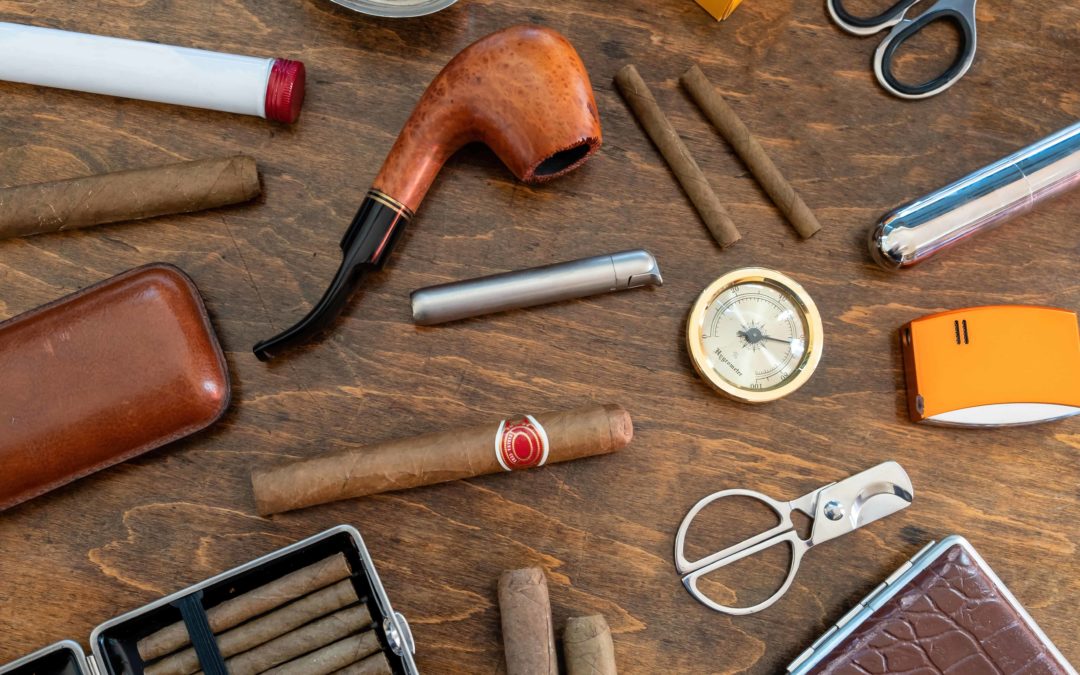A Beginners’ Complete Guide to The World of Cigars
Cigars are truly an art- the size, wrapper, tobacco-growing process and taste all combine to create a one-of-a-kind experience. There’s a reason why cigars have been enjoyed for centuries by some of the world’s most well-known figures. Above all else, you want cigar smoking to be relaxing and enjoyable. If you’re willing to put in some time to try and learn, you’re in for a hobby that places you in the likes of Winston Churchill, Woodrow Wilson, and John F. Kennedy.
Looking at Cigars from the Outside-In
First, we need to understand the anatomy of a cigar. The rounded tip of the cigar is the cap. This is where you’ll make a cut. Making the connection to the human body, the cap extends to the head. The head is separated from the body by the band- the piece of foil wrapped around the cigar. Extending down the head is the foot of the cigar- the end that will ultimately be lit.
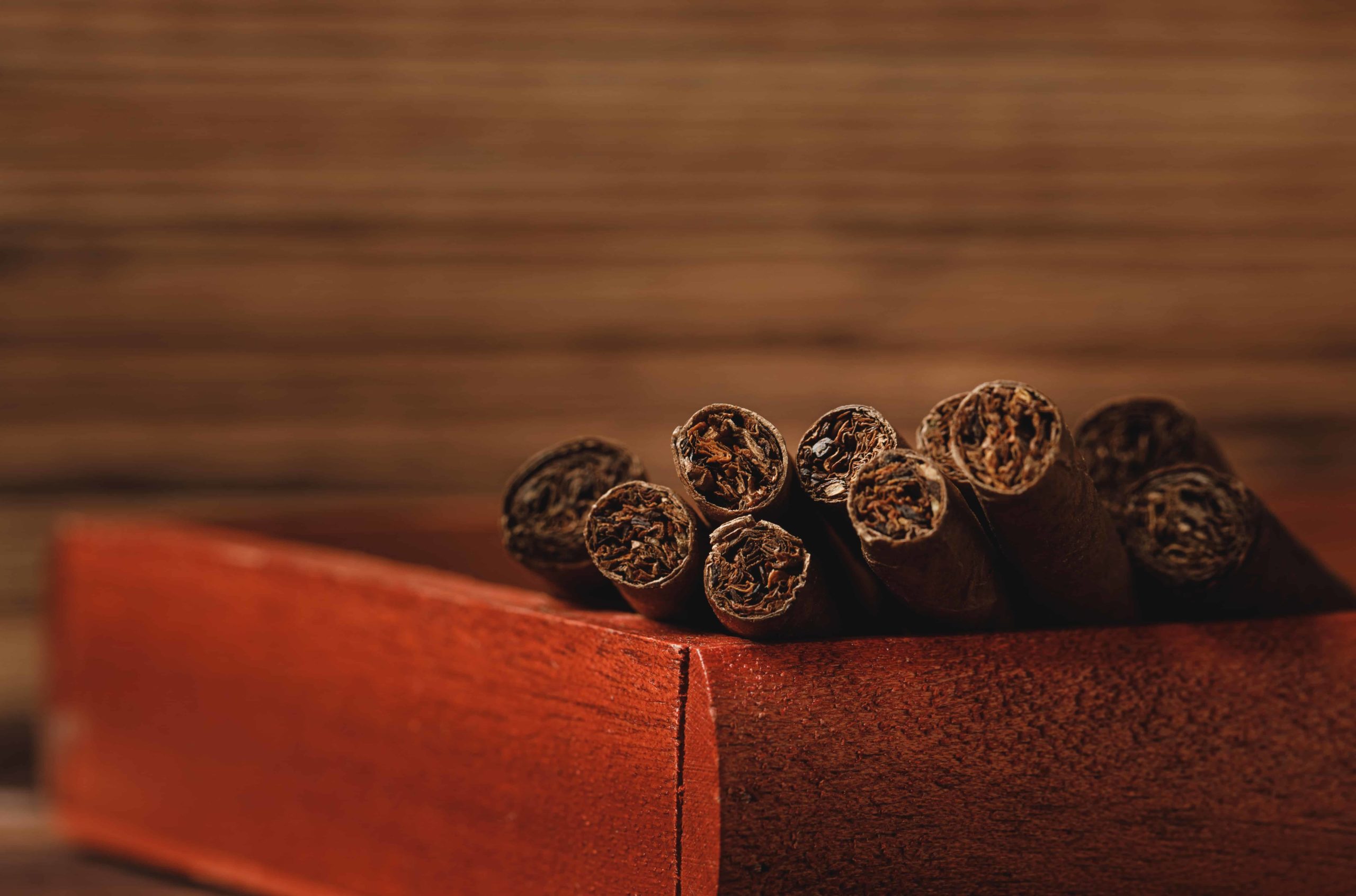
Top Sizes and Styles
The list below isn’t a comprehensive list of all cigar styles and sizes on the market, but it is a list of the most common and widely available
Parejo
When you think of the word “cigar,” a Parejo is most likely what you’re picturing. These types of cigars are cylindrical, straight, and require to be cut at the cap. Meaning “flush” or “straight” in Spanish, Parejos can be almost any size. They include categories such as box-pressed, square-shaped cigars rather than cylindrical, and Culebra, where three Panatela Parejos are braided together.
Figurado
Anything that isn’t a Parejo is a Figurado. This means that the shape isn’t necessarily straight and cylindrical, and may curve or bulge at some point. The varieties are belicoso, perfecto, and pirámade. Belicoso are torpedo-shaped, perfecto has a narrow end with a thick middle, and pirámade, which is wider at the foot than the head of the cigar.
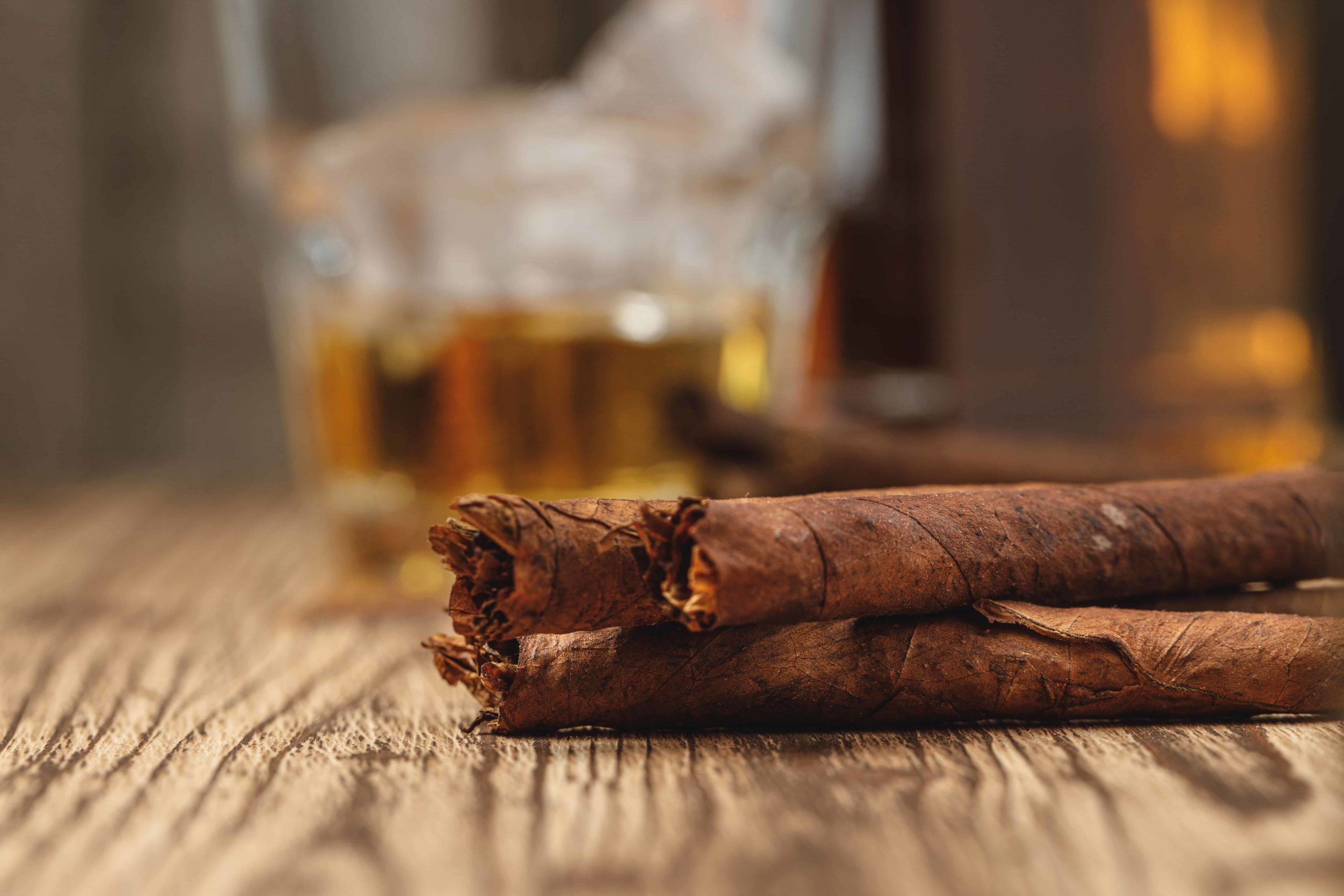
Take a Peek Under the Wrapper
Cigar making is truly an art. Many years of experience, knowledge and practice go into growing, blending, wrapping and shaping. You don’t have to be a master tobacco farmer to understand the complexity of cigar making, but knowing the basics can help you appreciate and choose the cigar you’re about to enjoy.
The first step is cultivation. Tobacco seeds start the growing process in small clay pots or trays. Once they’ve sprouted, they are ready for transplanting into the field. When the plant reaches the flowering phase, the flowers are removed in a process called “topping” to allow the leaves to grow evenly. Tobacco grows best in well-draining soil and in dry, warm climates. Soil composition can give way to lighter or darker leaves, like how certain grapes grow in certain environments for wine varietals. In an ideal environment, tobacco can be ready to harvest in two months.
When the plants are ready to be harvested, a farmer can use one of two methods. With “stalk cutting,” the stalk is cut close to the ground, removing the entire plant at once. With “cropping” or “priming,” the leaves at the bottom are cut from the plant, allowing the leaves at the top to mature, since the plant grows from the ground up.
The next step in the process is curing. This process gives the tobacco its smoothness and is necessary to remove moisture. Leaves are tied to lathes and hung in dark, dry barns or sheds. This process takes usually a minimum of 30 days but can take longer depending on the type of curing. During this time, the leaves change from green, to yellow and eventually brown.
After the leaves are cured comes the fermenting stage. During this time impurities are removed from the leaves. Leaves are removed from lathes and packed tightly onto pilons, where the weight and pressure cause the temperature to rise, releasing ammonia and other impurities. The pilons are rebuilt and stacked multiple times a day by rotating the tobacco. It’s about halfway through this process that leaves are sorted by texture, color, size, or purpose- some may be used for wrappers or binders. Once this process is complete, the leaves are then packed into bales, where they are stored to age for several years before being rolled into cigars.
When leaves are ready to be rolled, the filler leaves are packed within the binder and then wrapped in the wrapper leaf, called a capa. These, of course, are the simplest of steps. The leaves are separated, sorted and moisture is applied to make them malleable. Stems are removed and the filler is made from several different leaves bunched together in a cylindrical shape. The binder leaves are then applied to keep the shape. In the final step, the wrapper is wrapped around the bunch, and the cap is placed on the end.
Now the cigar gets to rest. Like a fine wine, cigars get better with age. After rolling, cigars are placed in cedar boxes for a minimum of 21 days but up to six months. During this time, the flavors are allowed to blend and balance.
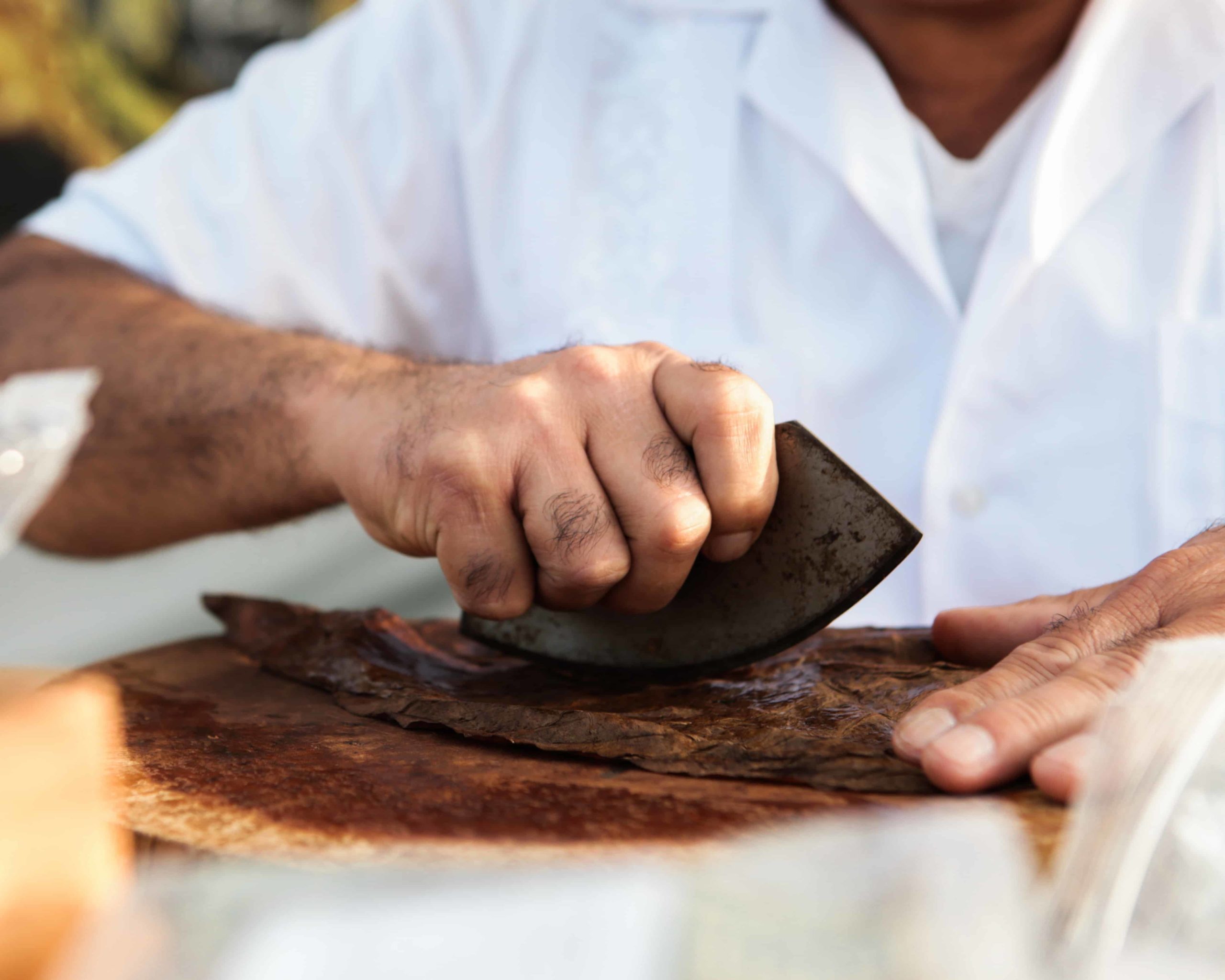
Picking the Right Cigar for Beginners
Entering a cigar shop for the first time can be overwhelming. Lean into your five senses to guide you through the decision:
Touch – how does a firmly rolled cigar feel in your hand?
Smell – are there certain smells that appeal to you more than others? If you enjoy the smell, you’ll probably enjoy the taste as well.
Hearing – take note of how the wrapper sounds upon opening. Exposure to the right humidity.
Taste – trial and error will help you develop your taste preferences when it comes to cigars. Start with scents that are enjoyable and branch out from there.
Sight – learning the various shapes and sizes can help you in your cigar-buying decision. Cigars that look good often taste good as well.
Cigars & Accessories for Beginners
Now that you’re ready to get started, you’ll need the perfect cigar and the accessories to go along with it. Here are our recommendations to get you started.
Insidious by Asylum- the perfect cigar for beginners or those who prefer a more mellow flavor. Uncharacteristic of other Asylum brands, this cigar is less bold and sweeter. Notes of sweet cream, nuts and small hints of spice are consistent throughout the entire smoke.
Perdomo Champagne Connecticut – The Perdomo brand was named best brand of Nicaragua in 2018 by Cigar Journal, so you know you’re getting a good cigar. The Champagne 10th anniversary blend is beautiful from the outside in. The butterscotch color of the wrapper is captivating, giving hints of sweet cream and honey. This cigar is rich with spice and oaky undertones- perfect for those who want to start with a bold blend.
Davidoff Grand Cru – These sophisticated cigars feature an oaky finish and are filled with oaky and spicy flavors. If you’re a cigar smoker who also enjoys a glass of wine, pair this cigar with an oak-aged chardonnay or a spicy pinot noir.
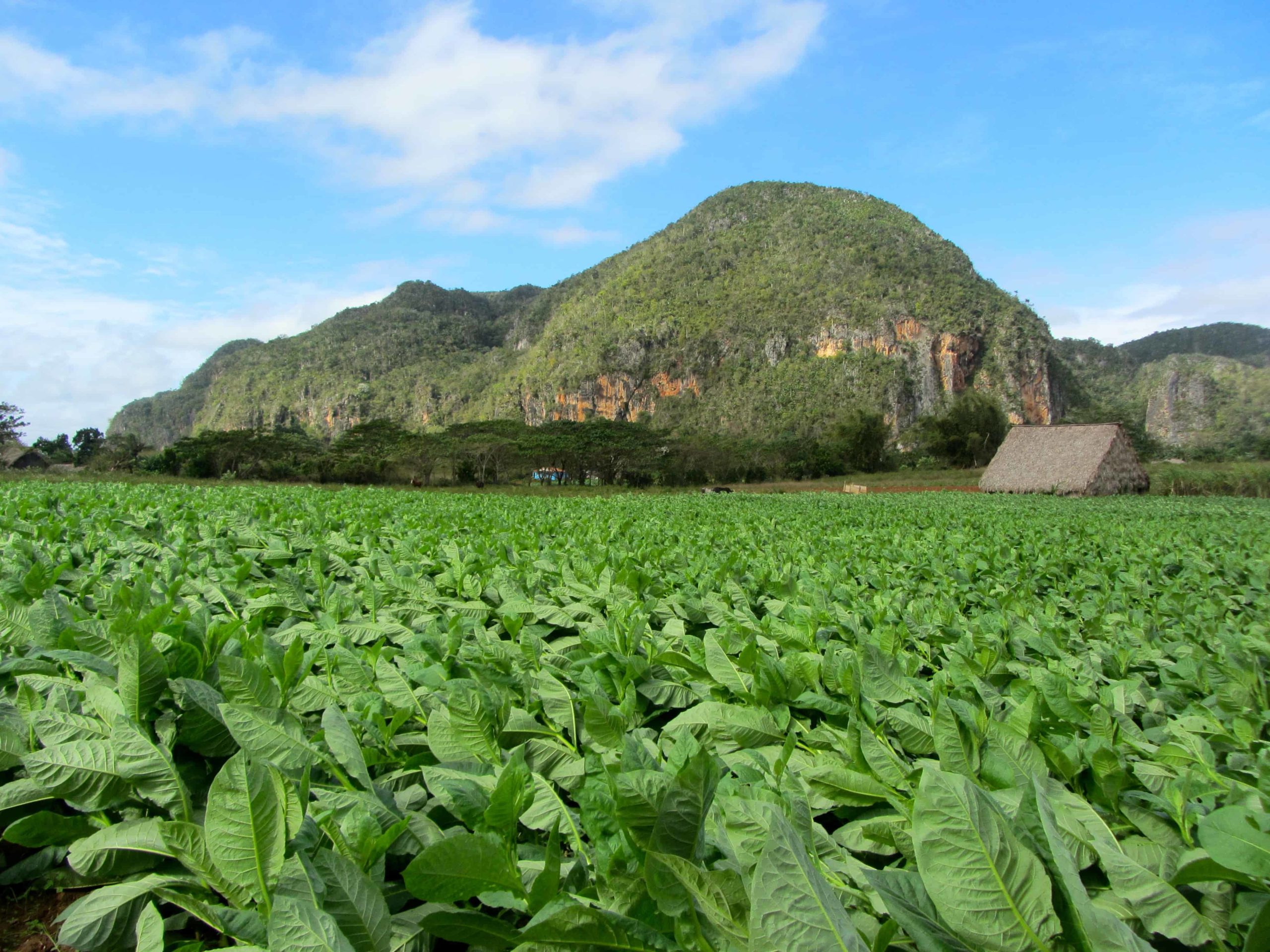
Now You’re Ready to Light Up!
Now that you’ve learned the basics, you’re ready to start trying different cigars to find your favorite! Cigar smoking is a great way to also make friends, as cigar smokers are generally ready to share their favorite blends and techniques. If you’re ready to get started, the professionals at Vitola Fine Cigars are here to help! With five locations in the Birmingham and Tuscaloosa, Ala. areas, we’re ready to help online or in store! Contact us today at 205-991-3270!
